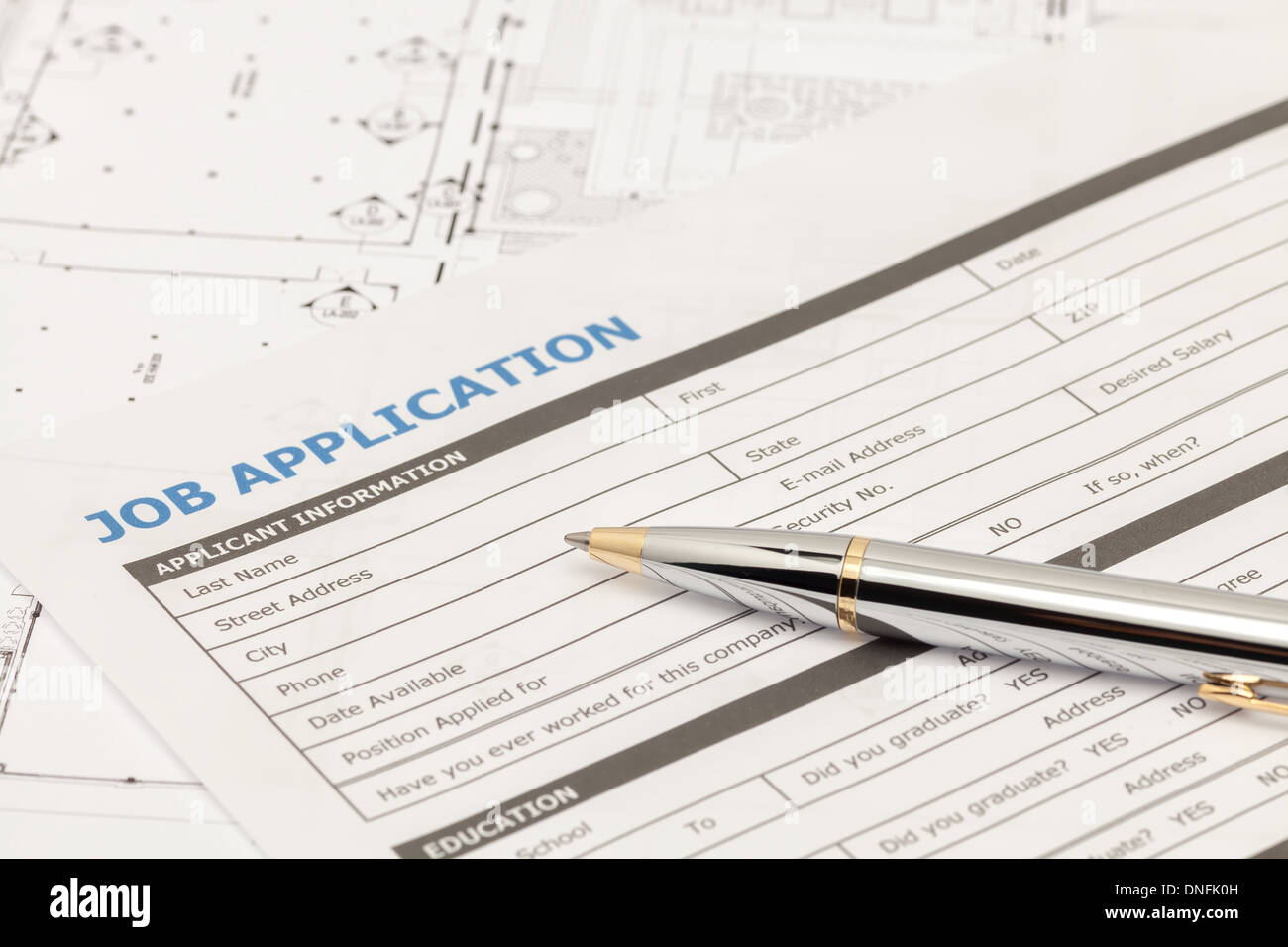

Otherwise, your application is probably going to the shredder. If they find them, you’ll get a second chance and maybe get invited for an interview. They scan and look for certain keywords that match a predetermined profile. Recruiters don’t really read resumes like you read a book.

Even if you don’t, some creative resume writing can put you miles ahead of the competition.
#DESIGN ARCHITECT APPLICANT SOFTWARE#
What skills are needed for the job - software and drafting, management, communication with clients and contractors? Ideally, you possess every skill and experience listed in the job advert. You may or may not mitigate the lack of a Master’s Degree even if you have sufficient years of experience and possess an NCARB-license. What are the mandatory requirements - qualifications, level of degree, years of experience? You either have these, or you don’t. To make your architect resume relevant, start by analyzing the job description. You will have the opportunity to expand on everything else during your interview if you get to that stage. Its job is to convince the recruiter you have the necessary qualifications and experience to occupy the given position. The purpose of a resume is not to list every possible skill, achievement or project you worked on. Sure, if you’re Frank Gehry, you can have a second page, although he doesn’t need one. A resume is just one page long.Įven senior architects with decades of experience, dozens of buildings and awards under their names have one-page-long resumes. It’s not a cover letter and it’s certainly not an autobiography.
#DESIGN ARCHITECT APPLICANT PROFESSIONAL#
Examples of work completed outside of professional education, such as photography, paintings, sculpture, music, etc.įor more information, contact our Enrollment Team.The first and most critical rule about creating an architecture resume is keeping it short.Ability to effectively organize the graphics and visuals of the overall portfolio including titles, styles, page composition, reference, and information hierarchies.Demonstration of an understanding of functional and experiential issues related to the design of architecture, built environments, and/or artifacts, such as structural, environmental, and building systems spatial generation, organization, perception, and design solutions and specific project results reflection contextual and programmatic demands.Demonstration of fundamental abilities to design and communicate design solutions using two- and/or three- dimensional representation skills in any media (digital, hand drawings, sketching, drafting, modeling) as they relate to plans, elevations, perspectives, models, space planning, diagramming and distribution, layouts, forms, colors, and finishing aspects.Ability to develop convincing visual narratives through graphic presentation methods and written descriptions that convey the design development process: research and inspirational material, concept generation, study models and drawings that demonstrate process/thinking, and final presentation of design solutions.The portfolio will be assessed according to the following criteria: The portfolio should include a selection of design work. The portfolio is a self-presentation tool that creatively communicates the student’s design outlook and level of development through a variety of media and skill sets. Students with a formal academic background and/or experience in design-related fields may receive Advanced Standing and be placed in a higher-level design studio. Think of the progression of the work: Does the work show how each project builds on another, or are they standalone projects that show the student’s diverse talents? NewSchool recommends that students edit their work by presenting each project in a clear, concise, and legible manner. While there is no one type of successful portfolio, remember that the reviewer is curious to see student’s best work and will make a decision based on the creativity displayed. When and how should certain aspects of the work be emphasized?įirst-year, entry-level applicants should demonstrate an elemental understanding of three-dimensional form and space, composition, and a basic understanding of light/shadow, depth, and color through sketches, drawings, photography, crafts, sculptures, etc.What type of work best represents the student’s multiple artistic abilities and draws attention to the type of design he or she is interested in studying?.Does the portfolio tell a story about who the student is and why his or her work deserves attention?.In this case, the following questions may further aid the development of a successful portfolio: Students interested in art or design, though perhaps they have no formal academic background or experience in design-related fields, may already have several examples of their work that can form the basis of a good portfolio.


 0 kommentar(er)
0 kommentar(er)
